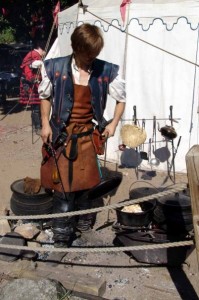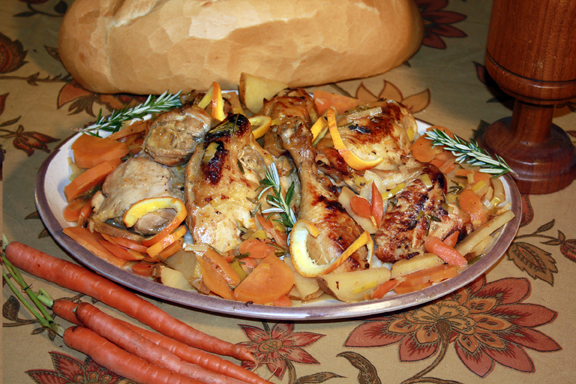Brandon and I got together today to work on the next Renaissance Magazine article (July). I’ve posted in an earlier blog about the different steps we take as a team in planning, writing, cooking, and photographing for the story. It’s a long process. Tonight, it took almost 4 hours, even though the dish was rather simple to cook.
For the benefit of our readers, we thought we would co-document our efforts here. We began discussing what we wanted to cover. We knew when we went out to Siouxland, we would be shooting and packaging 4 pieces in advance to save time, but added to the authenticity to the historical aspect.
Once we decided on a path, Brandon and I went out to the market to pick up our ingredients. I had some of the ingredients at home, but we needed to pick up a few extras items. From the start, it’s a team based effort.
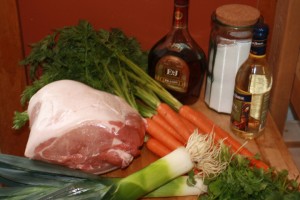
Next, we begin planning out what needs to happen to get to a finished product. Who needs to do what and when. One of us may be cooking while the other is chopping or gathering spices or shooting the photography. We both take turns. When one is cooking, the other is shooting photos and vice-versa.
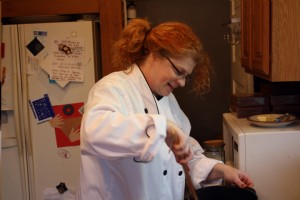
We might hav a bit of down time or need something else prepared. Brandon is better than I at deboning and flattening meat.
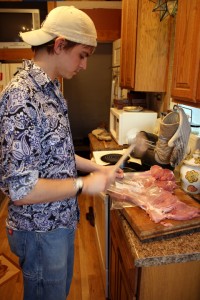
As you can see, when we are working together for a story, we are not in costume and because of the colder months, we are not yet ready to test recipes over the fire. I’m sure I will do a future blog on that subject. Still, more cutting and prep work go into the dish.
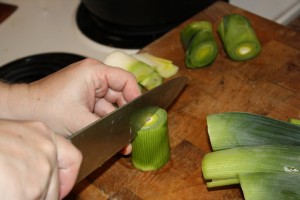
Until we finish cooking and then we work on the plating. The food needs to look good on camera and somethings, frankly, don’t. Brandon’s carving the meat as I prepare the plate for photographing.
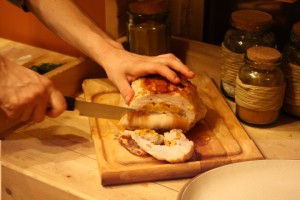
We spent a lot of time tonight documenting our work for Renaissance Magazine for prosperity sake. You will have to check out July’s issue to see what we made so that you can make it at home as well.

